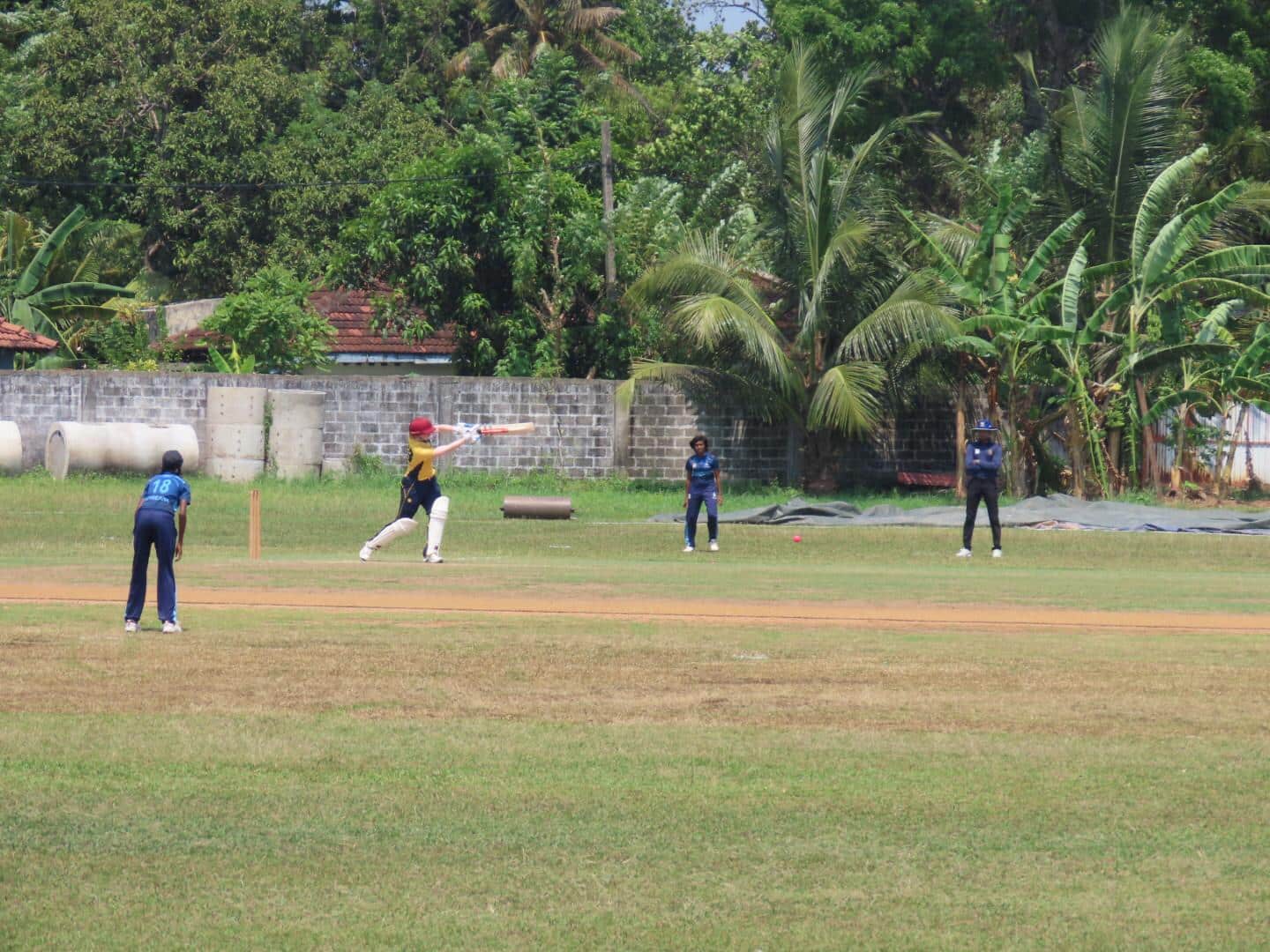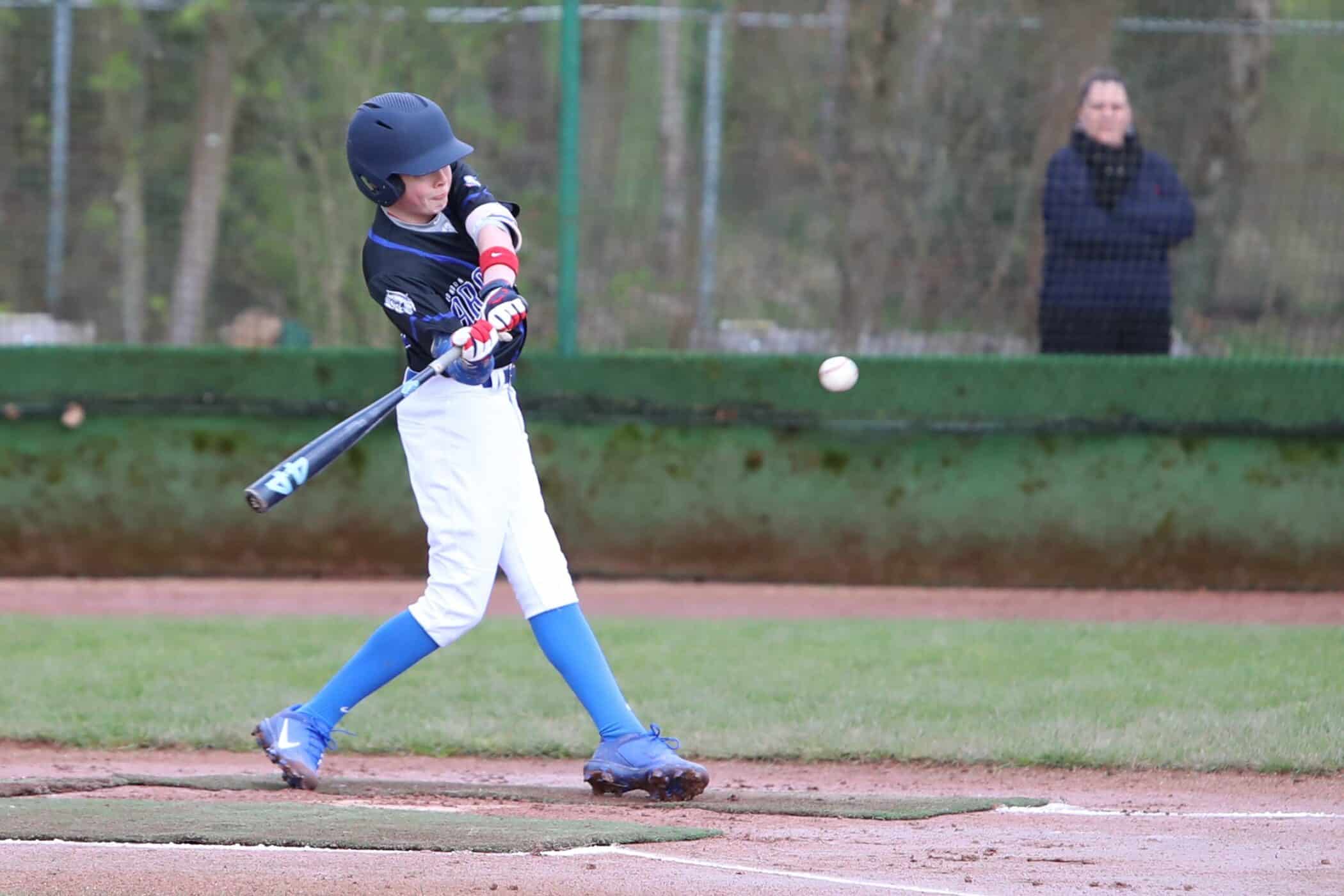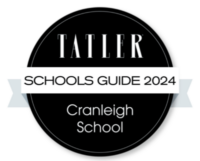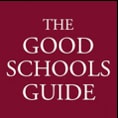Discover
yourself
An all-rounder’s paradise, yes, but the academic offering can stand up to almost any school in the land.
The Good Schools Guide
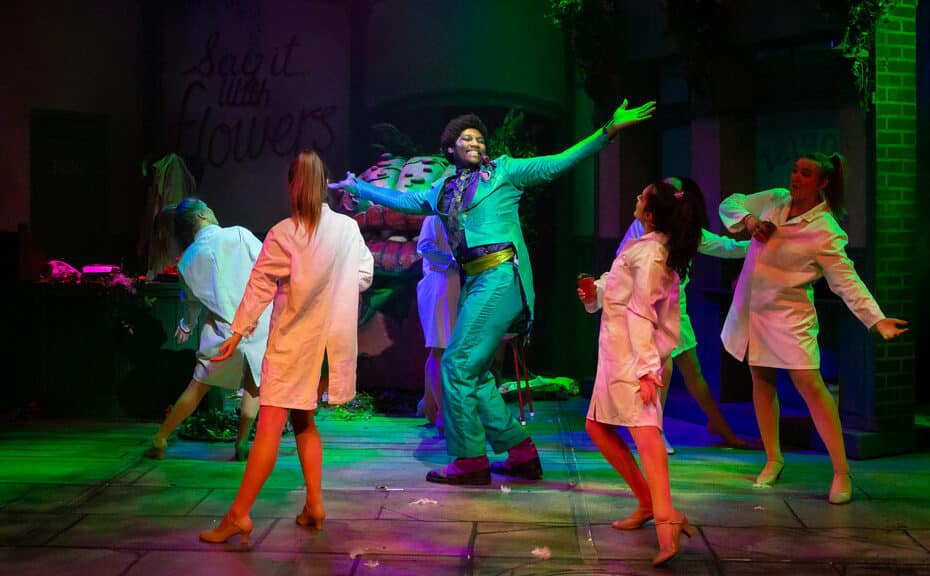
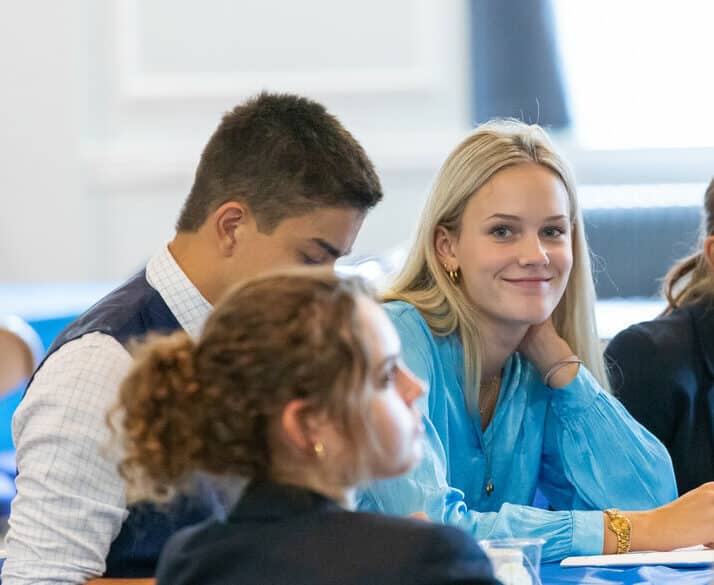
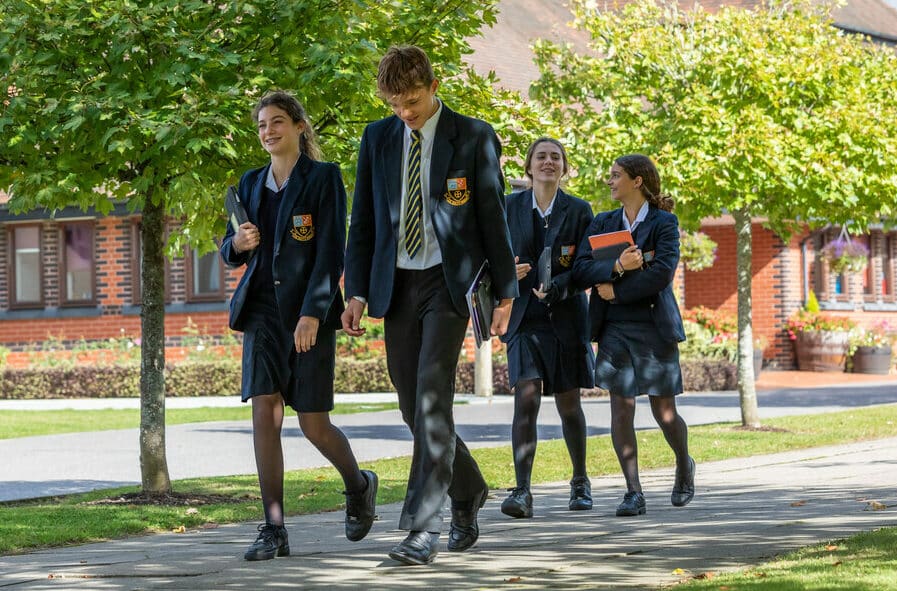
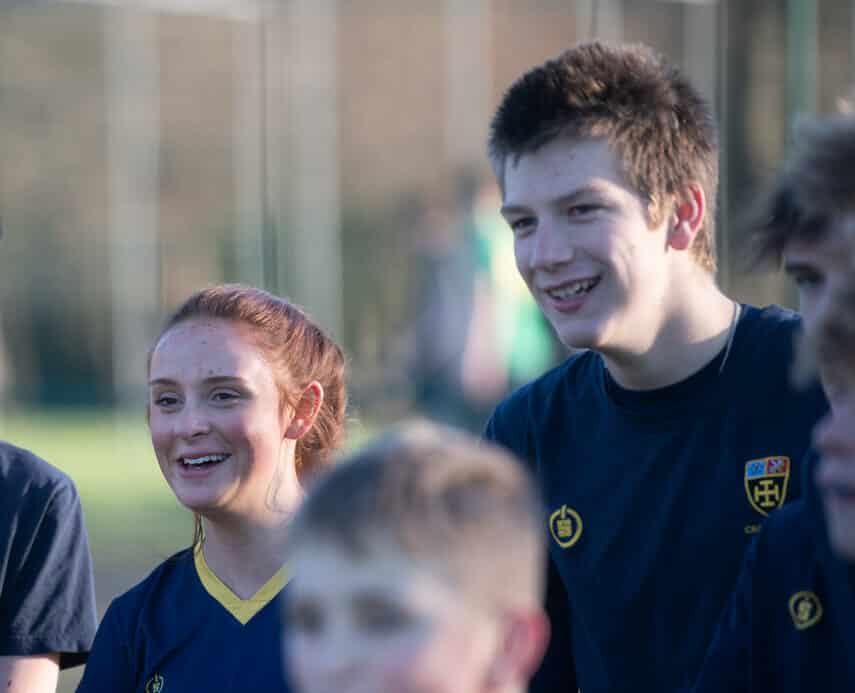
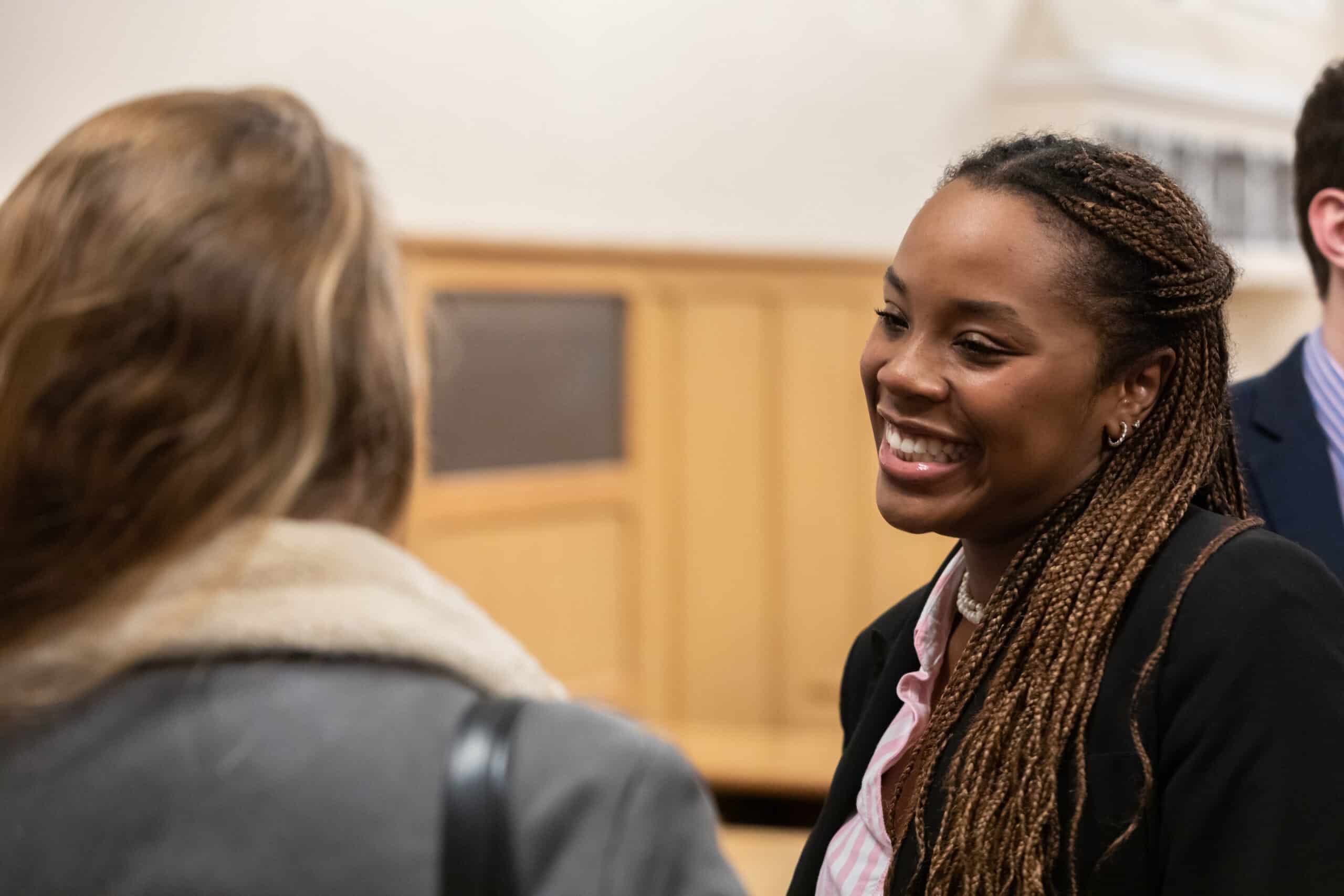
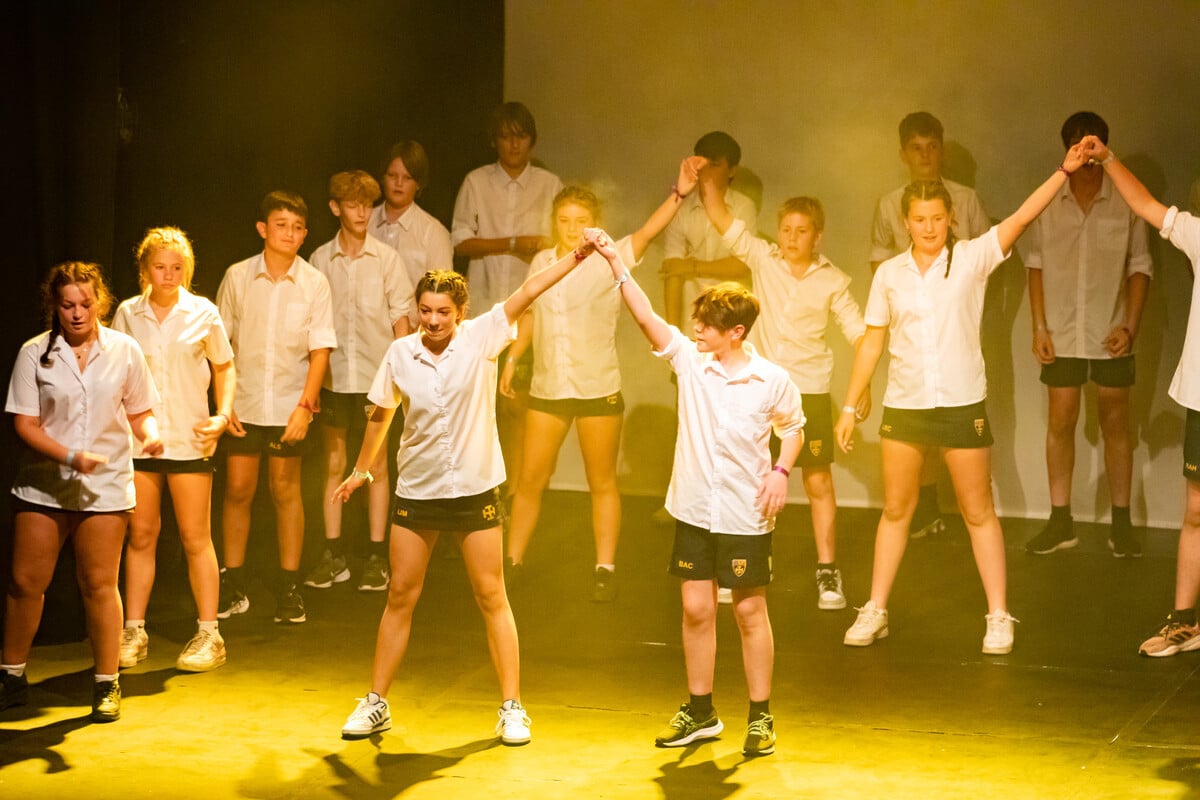

A community to support you in discovering your talent
Cranleigh is Surrey’s leading co-educational independent school, offering boarding and day education for pupils aged 13 to 18. We provide a breathtaking range of opportunities in a school small enough for everyone to know and support one another.
Our ethosA place that feels like home, where everyone is involved
Although we welcome both boarding and day pupils, our school is full boarding in spirit; day pupils are fully included in house life and contribute much to its vitality.
BoardingA classroom that encourages intellectual curiosity
Our examination achievements and university entrance figures continue to excel. Our distinctive approach to learning, Cranleigh Thinking, encourages all students to think in more depth than the exam syllabuses require.
Academic overview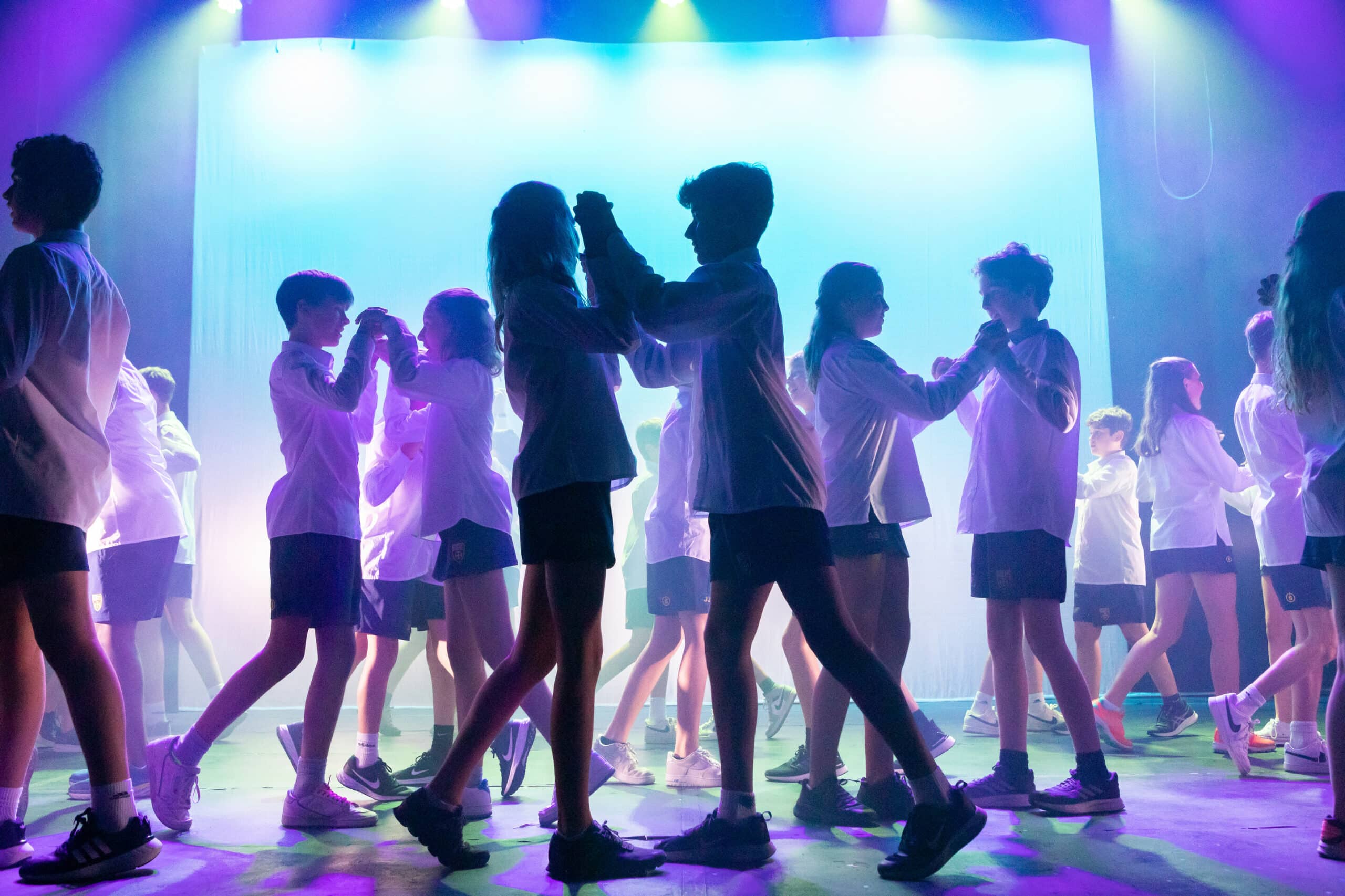
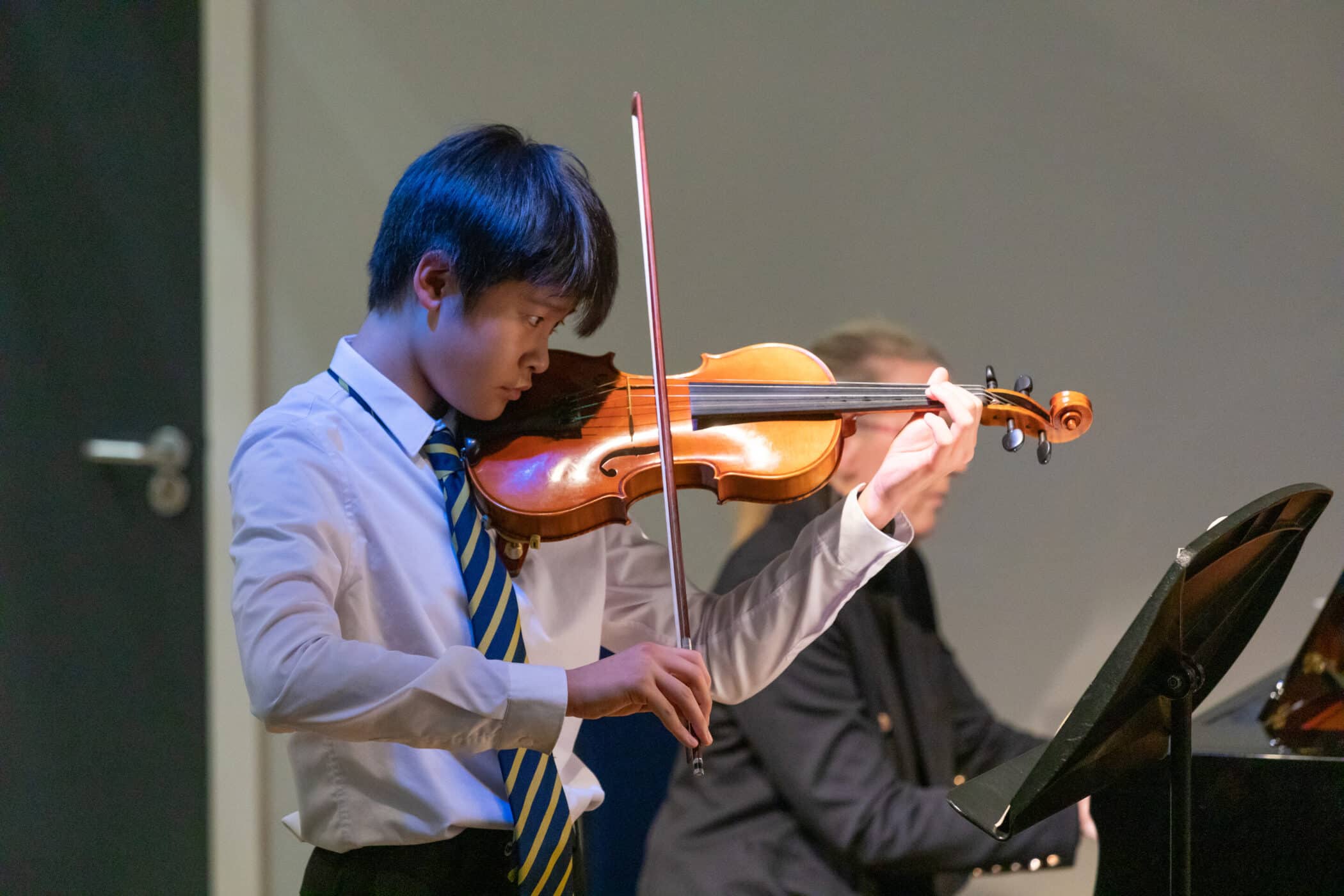
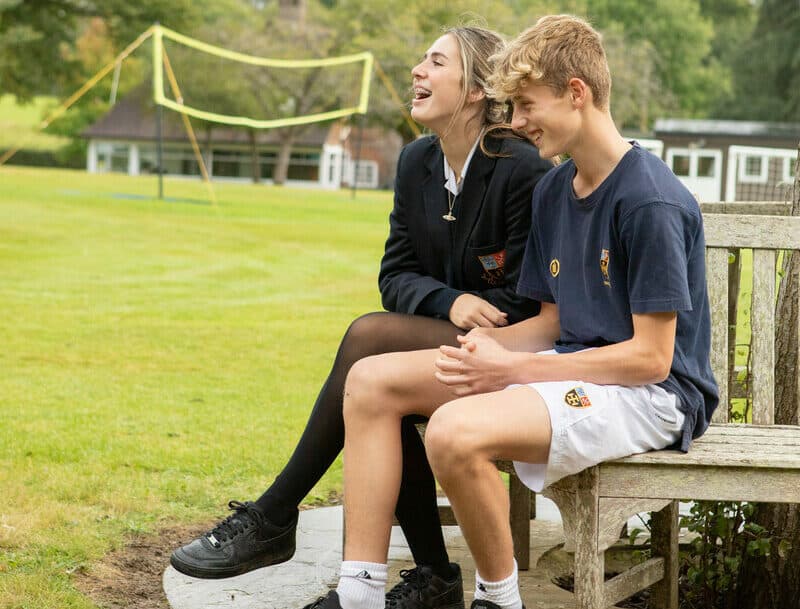
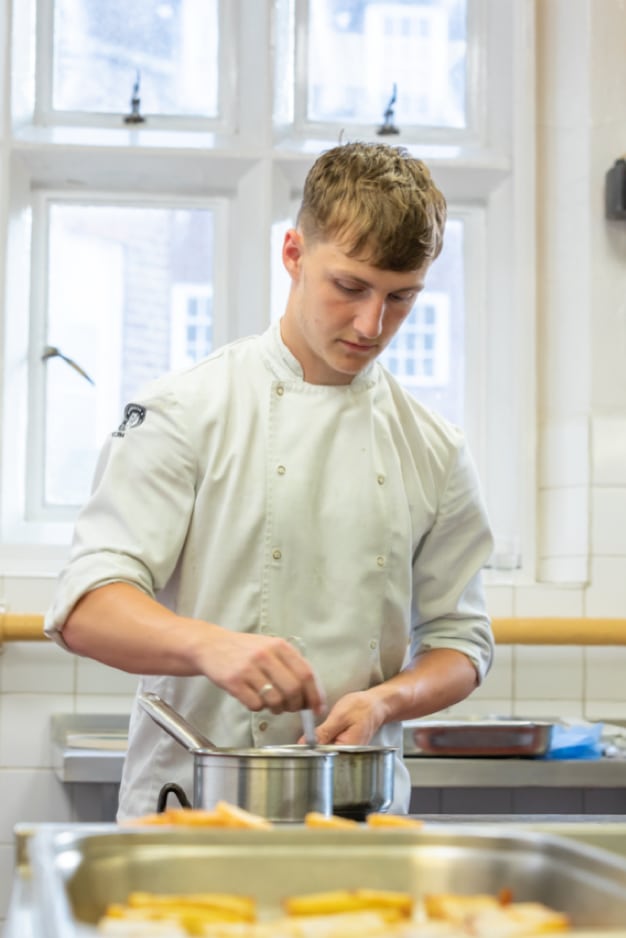
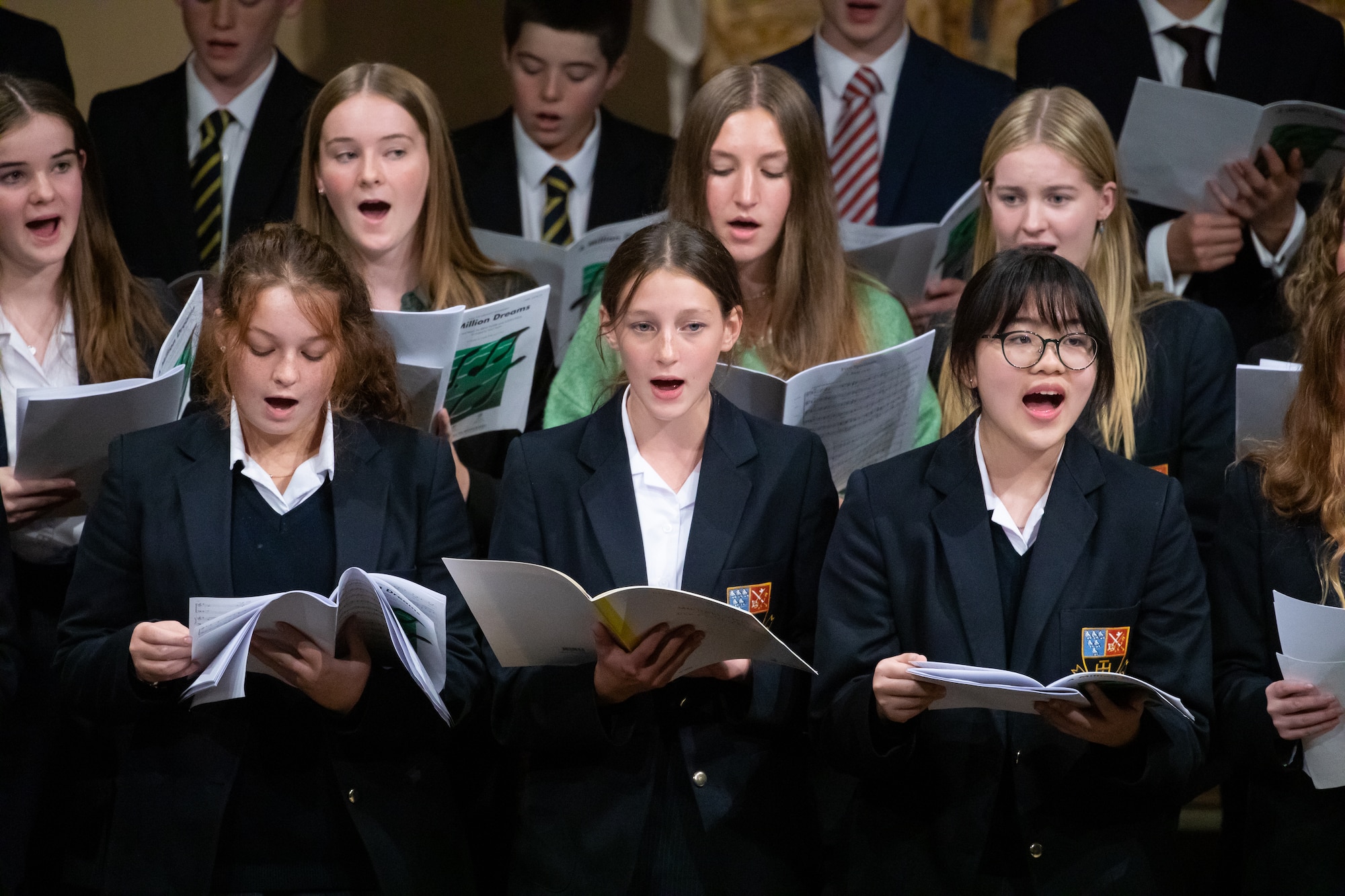
A community that celebrates difference and supports one another to excel
But don’t just take our word for it, our Open Days are a great opportunity to see what makes Cranleigh so special. You will be able to meet pupils and teachers, see lessons in progress, explore our site and facilities and see why we believe that strength comes from culture.
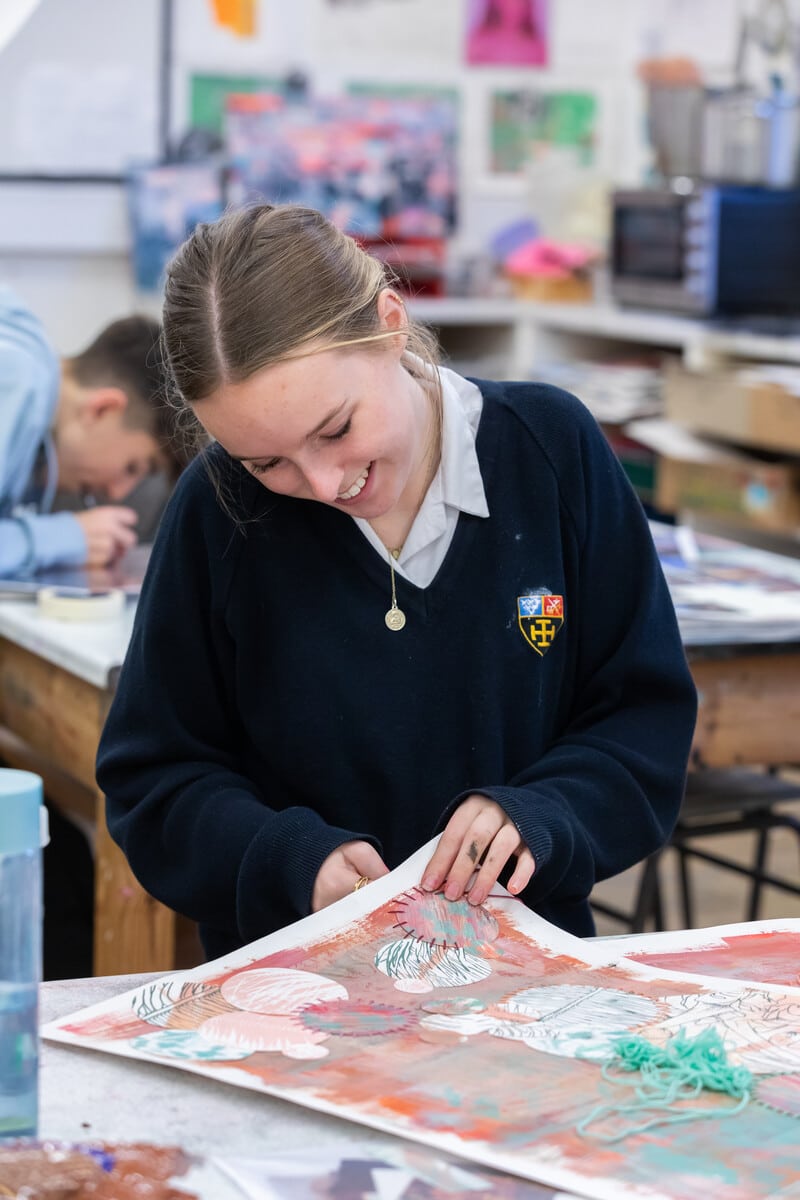
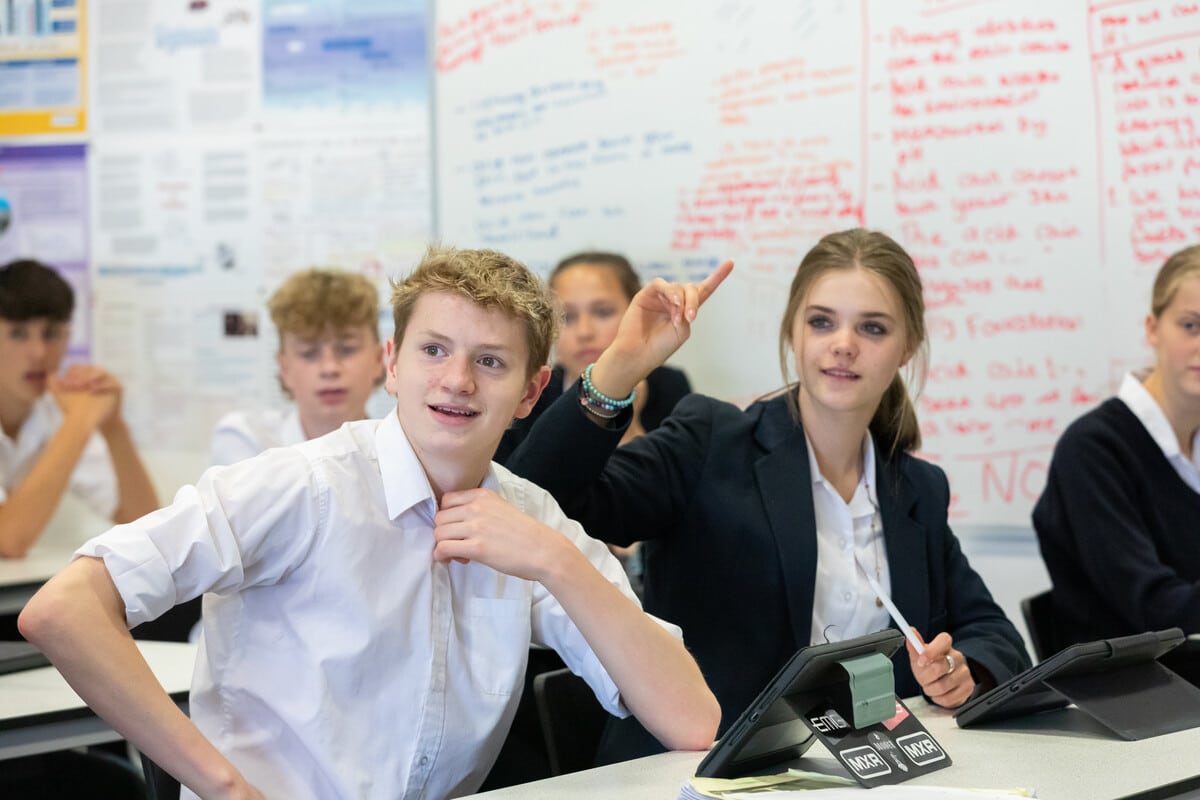
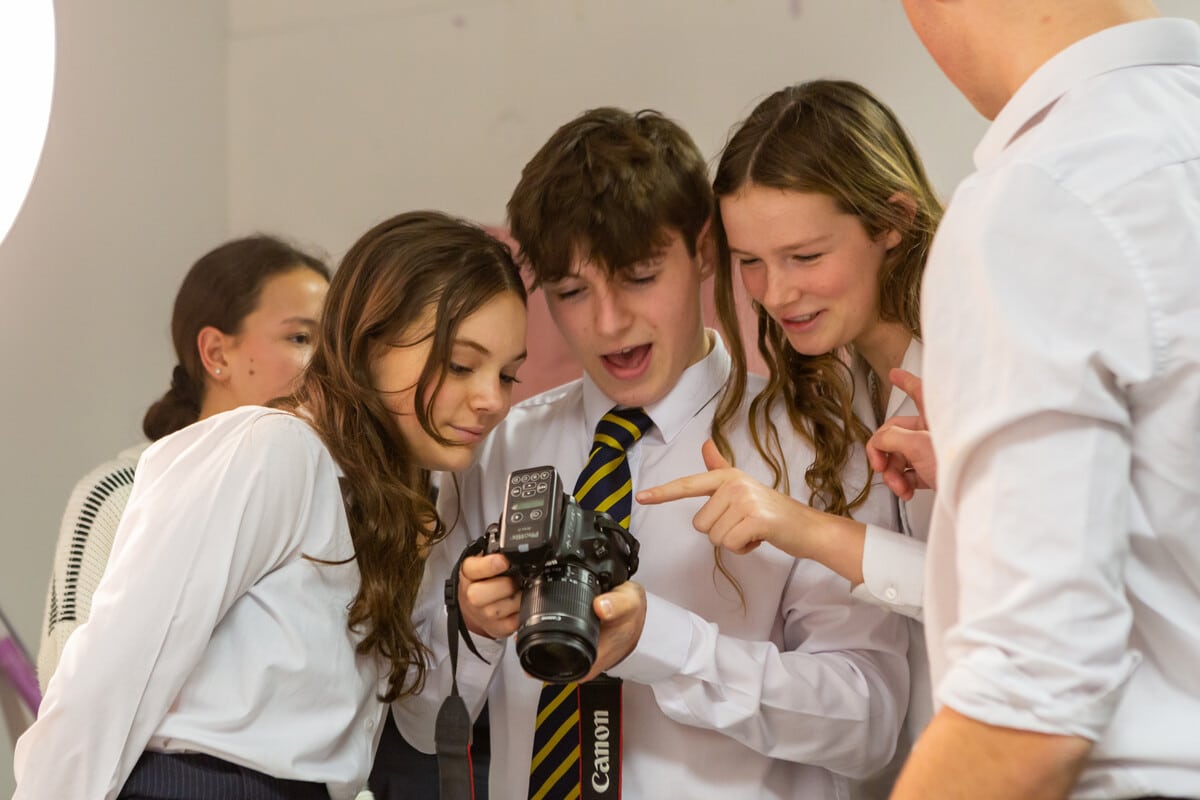
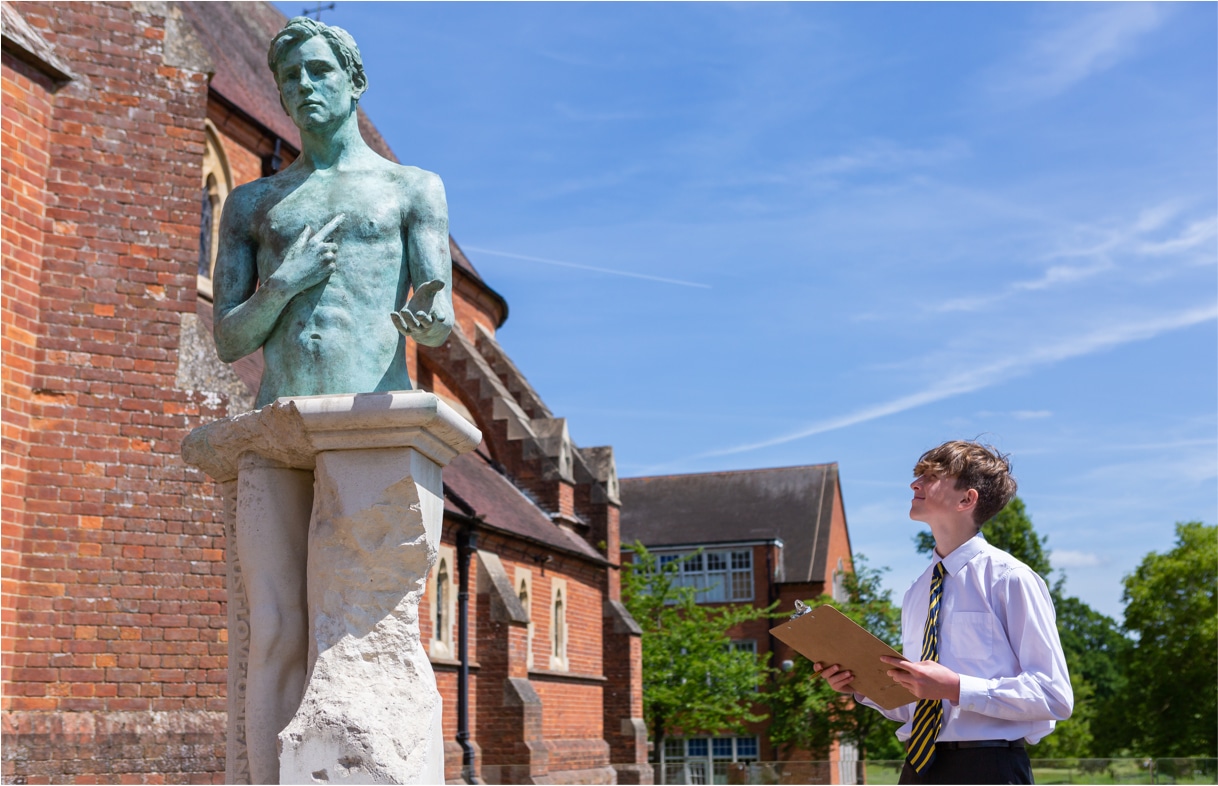
Nurturing the next generation
Our Senior Team is an experienced group of education, pastoral and business professionals all dedicated to steering the School to success in every sphere of operation.
We’re proud of our recent ISI Inspection rating as Excellent in every category and work hard to maintain the highest standards throughout every academic year.




